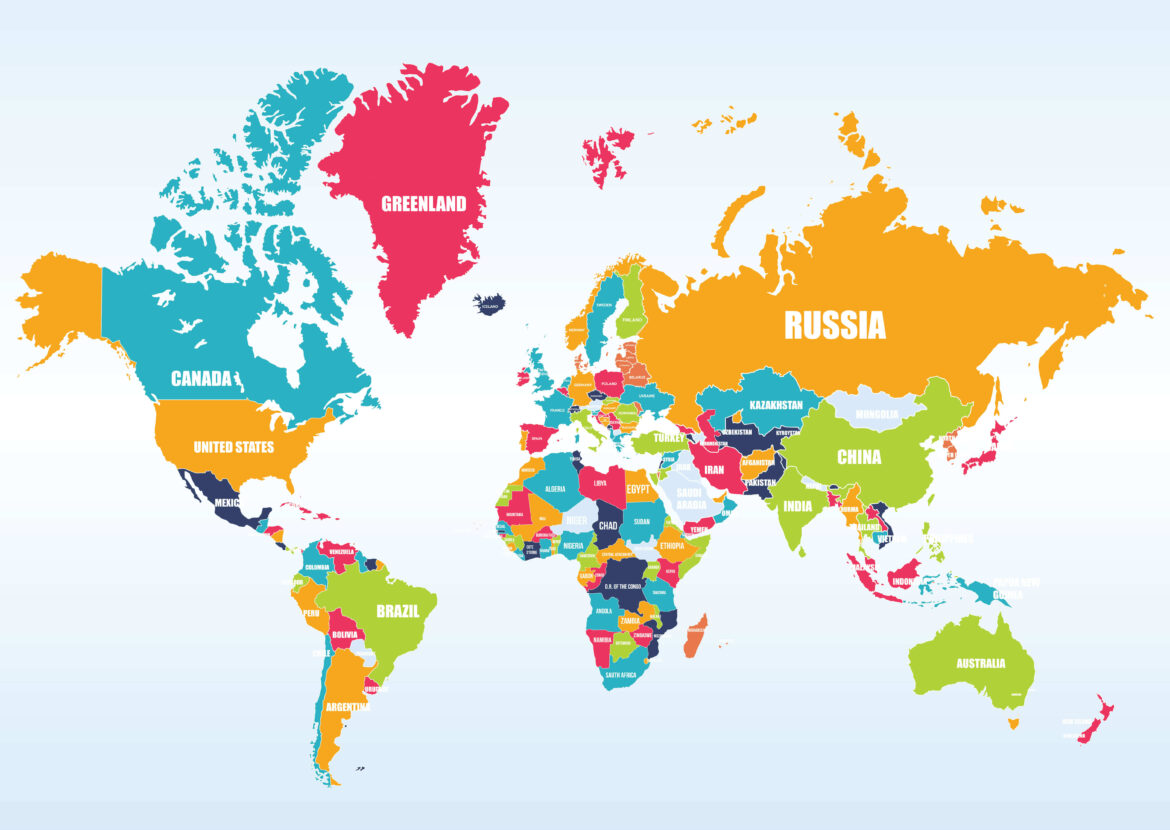When one gazes upon the azure seas of the Caribbean, it is not merely a collection of islands, but a vibrant tapestry woven with the threads of diverse cultures, histories, and natural wonders. Each island emerges like a unique gemstone, reflecting its distinct identity and charm. To discuss the Caribbean is to embark on an exploration of faith, history, and the intricate relationship between land and community. Within this geophysical mosaic lies an array of nations, each embodying its stories, struggles, and aspirations.
The Caribbean region is comprised of numerous islands and coastal territories, generally categorized into three main groups: the Greater Antilles, the Lesser Antilles, and the Bahamas. This diversity not only includes the geography but also the cultural and religious landscapes, where Christianity often plays a pivotal role in shaping identities.
The Greater Antilles form the backbone of the Caribbean’s landmass, hosting larger islands that are steeped in history and tradition. These islands include Cuba, Jamaica, Puerto Rico, and the Dominican Republic. Starting with Cuba—an island often likened to an archaeological treasure chest, it is rich in history, politics, and revolution. The fabric of Cuban life is interwoven with Catholicism, which has influenced many customs and celebrations. Major cities such as Havana offer not only vibrant arts and music scenes but also churches that are as much a part of the landscape as the lush greenery surrounding them.
Jamaica, the land of reggae and warm-hearted people, also thrives on a mosaic of Christian denominations, with the historic Rastafari movement offering a unique perspective on faith drawing from Biblical roots. The island’s mountains and seas become a backdrop for the spiritual journey, resonating through hymns sung in harmony with nature itself. Festivals such as Christmas and Easter bring the community together, amplifying the rich tapestry of Jamaican culture through food, music, and collective worship.
Puerto Rico, a territory of the United States, captivates with its colonial architecture and rich history. The Classical Spanish influence is palpable in its many churches and cathedrals, which draw thousands for worship and pilgrimage each year. The island’s faith is expressed not only through traditional rituals but also through vibrant fiestas that celebrate the Catholic heritage, intertwining the sacred with the joyous exuberance of life.
The Dominican Republic presents a captivating contrast, known for its natural beauty and flourishing tourism. Yet, much like the intertwined roots of a banyan tree, it possesses a deep-rooted Christian heritage. The annual celebrations of Día de la Altagracia, honoring the patroness of the nation, exemplify the blend of nationalism and spirituality that characterizes Dominican culture.
The Lesser Antilles comprise a string of islands stretching from the Virgin Islands down to Trinidad and Tobago, often smaller in size yet abundant in character. The Virgin Islands, both the British and the United States, showcase a melting pot of cultures. The churches dotting the landscapes are havens for community gatherings and spiritual reflection, embodying a sense of belonging among the diverse populations.
St. Lucia is renowned for its breathtaking landscapes, particularly the iconic Pitons rising majestically from the depths of the ocean. Here, religious traditions are entwined with the celebration of Catholic and Protestant faiths. The island springs to life during its vibrant Carnival, where cultural expressions and spiritual celebrations intersect seamlessly, inviting residents and visitors alike to partake in a communal embrace.
Antigua and Barbuda also possess a rich tapestry of history and faith. With numerous historical churches, such as St. John’s Cathedral, they stand as testaments to the islands’ enduring Christian heritage. Festivities like Easter and Independence Day see vibrant celebrations, where the church becomes a focal point for communal worship and festive jubilance.
Dominica, a lesser-known gem, unfolds a story of natural beauty and resilience. Known as the “Nature Island,” its citizens embody a deep reverence for creation, often expressing their faith through environmental stewardship and community service, which are integral to the Christian mission.
As we venture southward, we arrive at Trinidad and Tobago, a dual-island nation celebrating an amalgamation of influences. This vibrant locale hosts several major Christian denominations, with celebrations like Christmas and Divali reflecting a rich cultural intersection of faith and ethnicity. The islands’ festivals pulsate with rhythm and energy, encouraging communal bonds that traverse the boundaries of faith.
Finally, the Bahamas—an exquisite archipelago of over 700 islands—serves as a serene haven, yet also a cornerstone of Christian faith in the Caribbean. With its picturesque beaches and crystal-clear waters, it captivates many. However, it is the churches—often adorned with vibrant hues—that anchor communities and create spaces for reflection and growth.
In conclusion, the Caribbean region is much more than just its stunning vistas and tropical allure. It is a profound testament to the resilience of faith, culture, and community. Each island possesses its own unique allure, woven through the fabric of Christianity. These nations stand not as isolated spots on a map, but as interconnected facets of a greater ocean of belief and heritage, inviting one and all to explore, learn, and celebrate.



